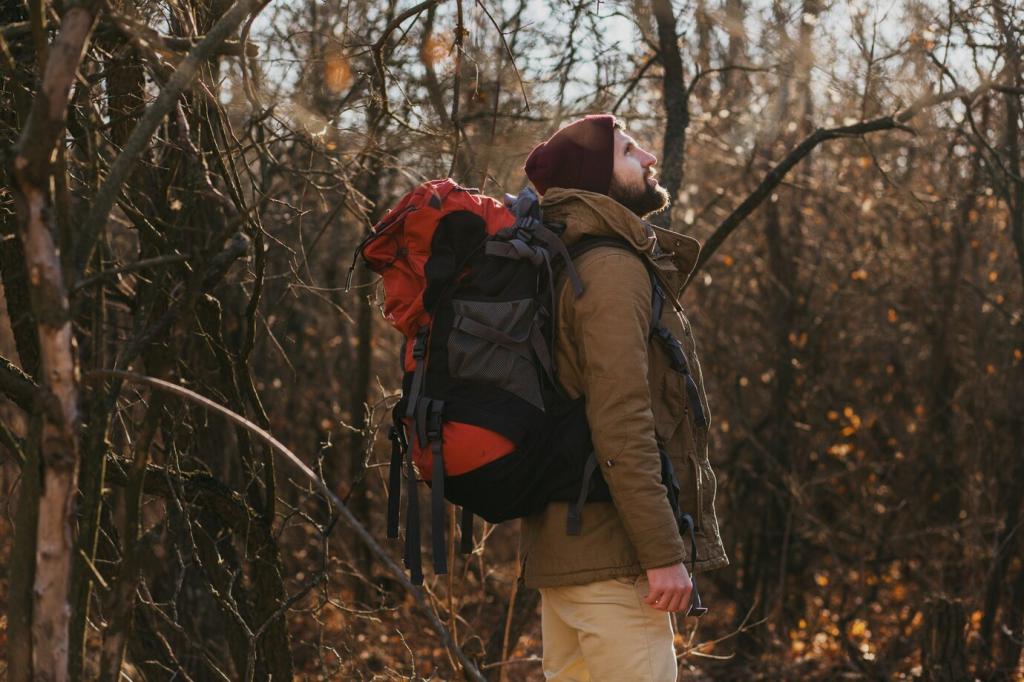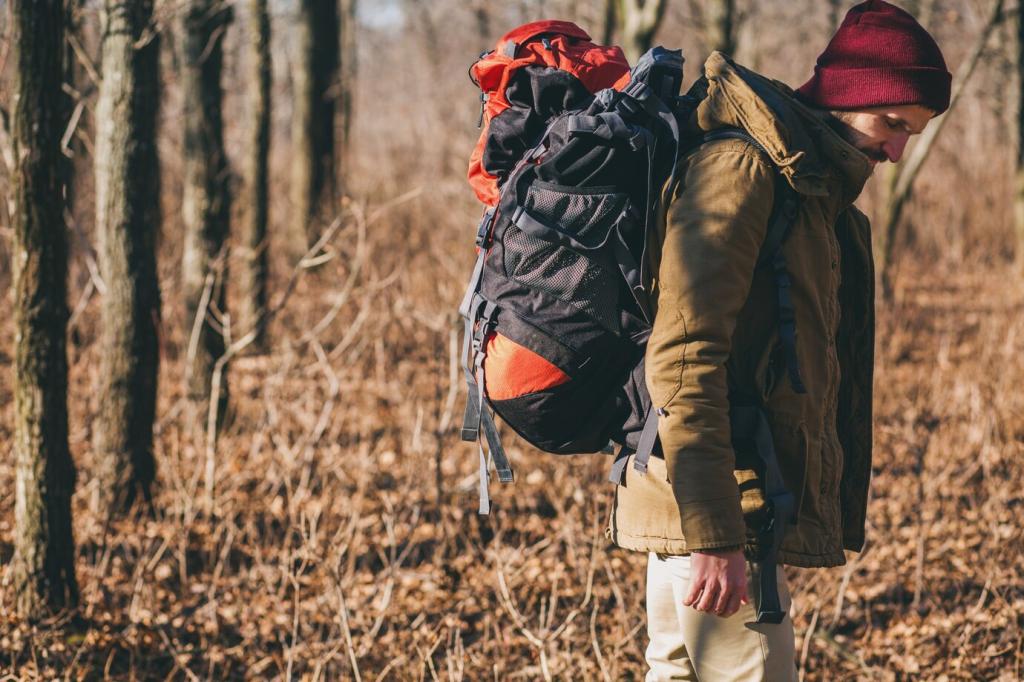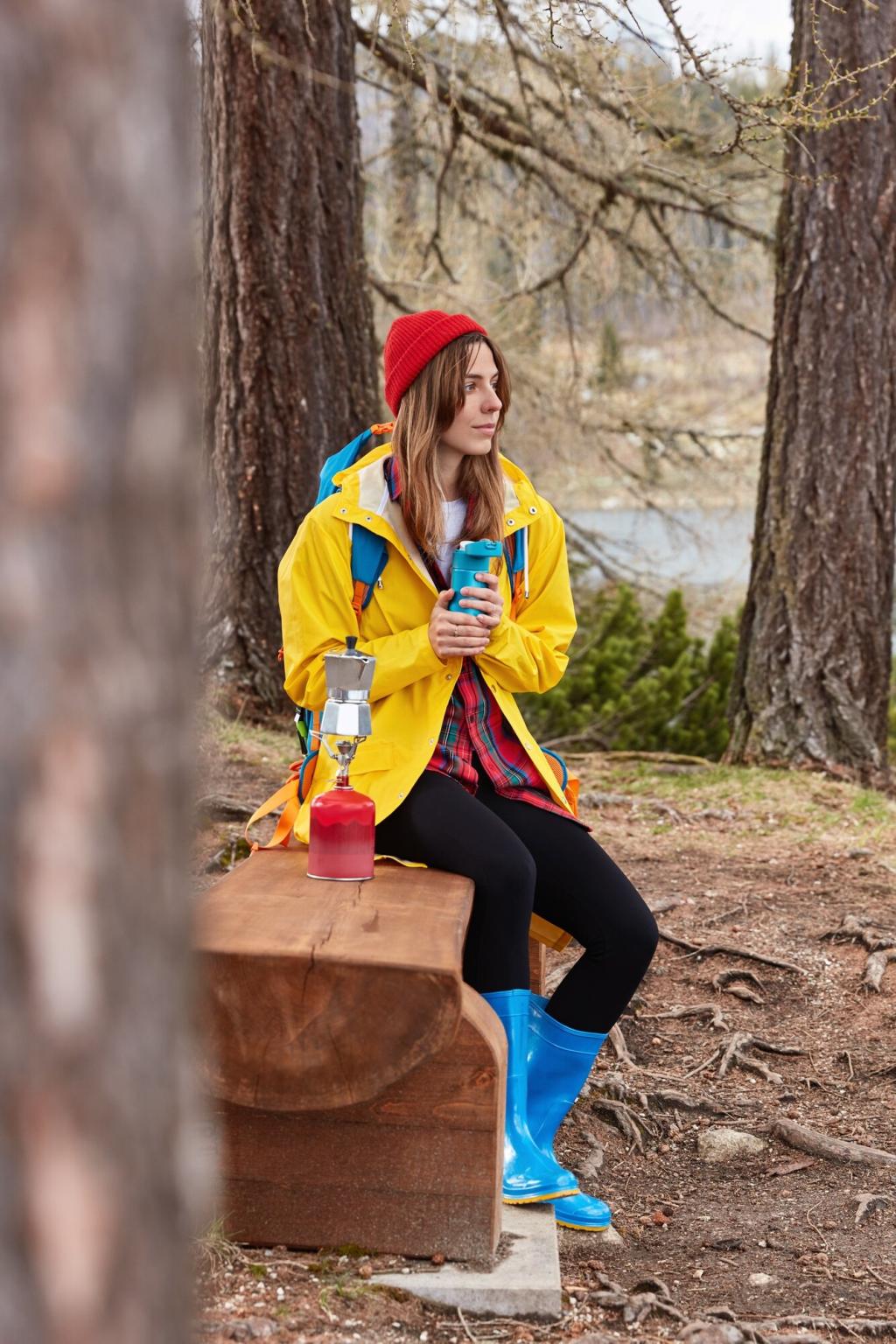Start at Dawn: Outsmart the Heat Before It Wakes
Rolling out under alpenglow buys you crucial hours of low sun angle, cooler air, and gentle heart rates. You’ll climb while the mountain exhales night chill, arrive at summits before the bake, and enjoy quieter trails. Set two alarms, prep snacks, and leave the headlamp batteries fresh.
Start at Dawn: Outsmart the Heat Before It Wakes
North-facing slopes linger in shade, gullies funnel cool air, and old-growth stands create natural umbrellas. Track the sun’s arc and plan breaks where rock walls throw reliable shadows. A ten-minute pause in deep shade can drop skin temperature noticeably and restore focus for the next push.





